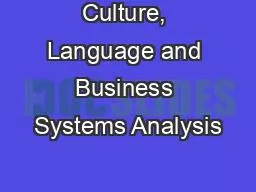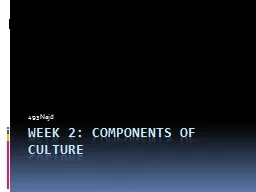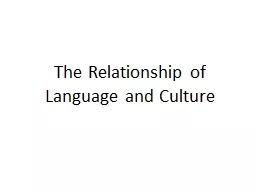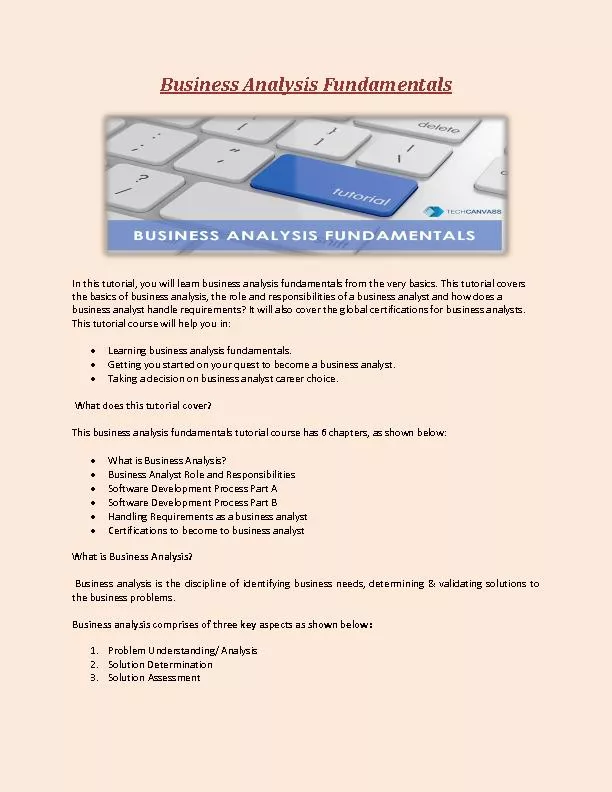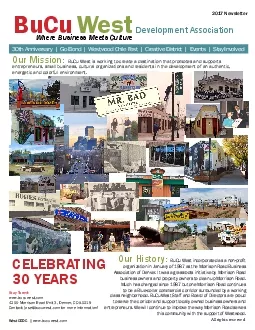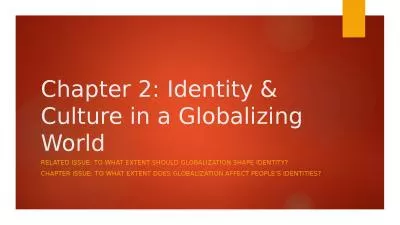PPT-Culture, Language and Business Systems Analysis
Author : goldengirl | Published Date : 2020-08-04
INFOSYS 3810 Richard A Navarro 2019 1 Who am I Richard A Navarro Founders Professor UMSL CoBA BS Aeronautical Engineering MS Mechanical Engineering MS Computer
Presentation Embed Code
Download Presentation
Download Presentation The PPT/PDF document "Culture, Language and Business Systems A..." is the property of its rightful owner. Permission is granted to download and print the materials on this website for personal, non-commercial use only, and to display it on your personal computer provided you do not modify the materials and that you retain all copyright notices contained in the materials. By downloading content from our website, you accept the terms of this agreement.
Culture, Language and Business Systems Analysis: Transcript
Download Rules Of Document
"Culture, Language and Business Systems Analysis"The content belongs to its owner. You may download and print it for personal use, without modification, and keep all copyright notices. By downloading, you agree to these terms.
Related Documents

